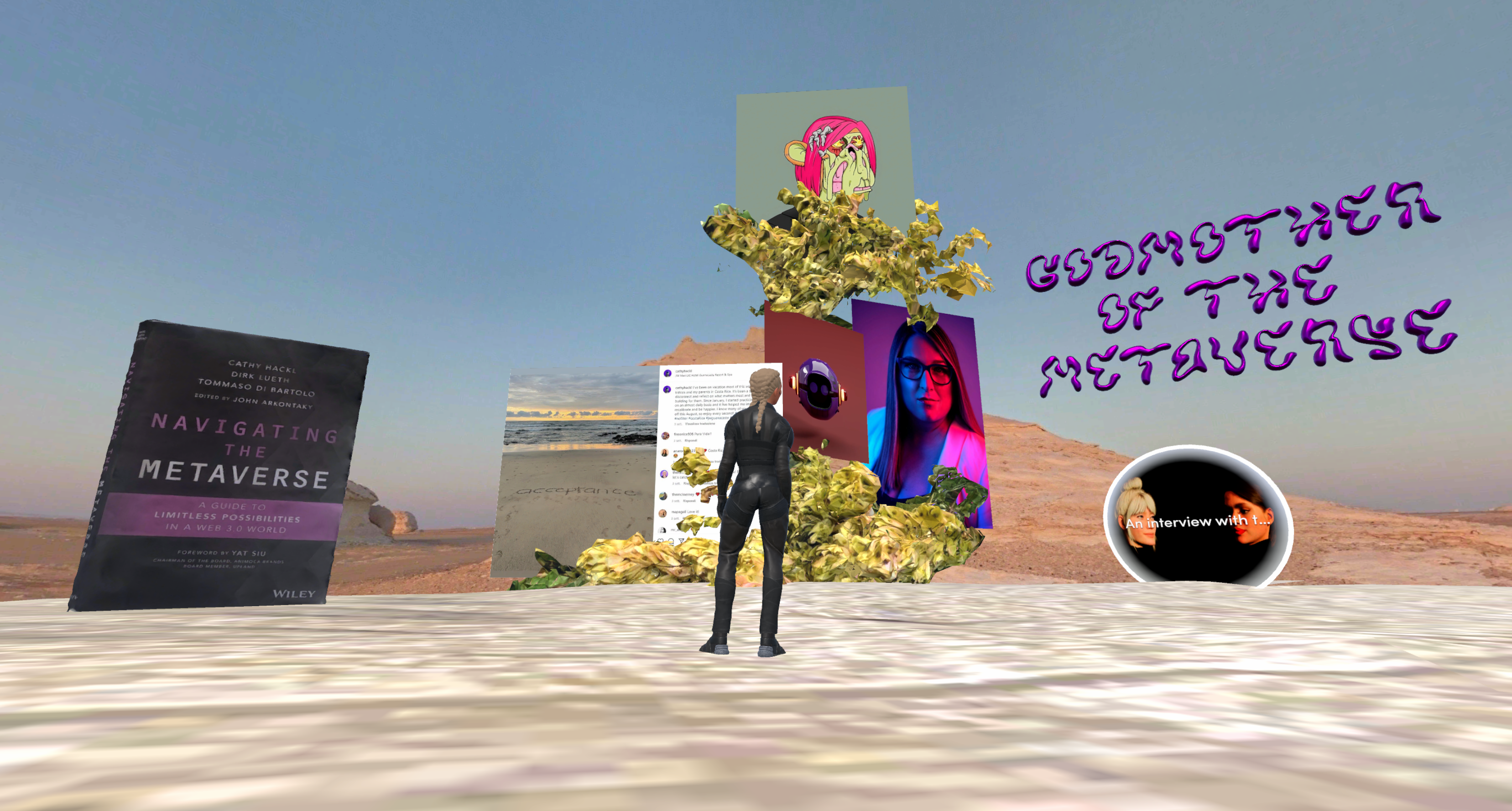
- Date
- 21 NOVEMBER 2022
- Author
- GLORIA MARIA CAPPELLETTI
- Image by
- CATHY HACKL'S IG PROFILE
- Categories
- Interviews
An interview with the Godmother of the Metaverse: Cathy Hackl
When Cathy Hackl, the Godmother of the Metaverse, agrees to an interview, it's time to pay attention. No individual has had more of an impact at shaping strategy and knowledge for organizations and individuals building the future of web3 platforms.
Cathy has been kind enough to take the time to share her thoughts on leading edge issues such as the metaverse, web 3, blockchain, artificial intelligence and how these are shaping commerce and fashion.
I hope you enjoy reading her thoughts as much as I enjoyed my conversation with her.
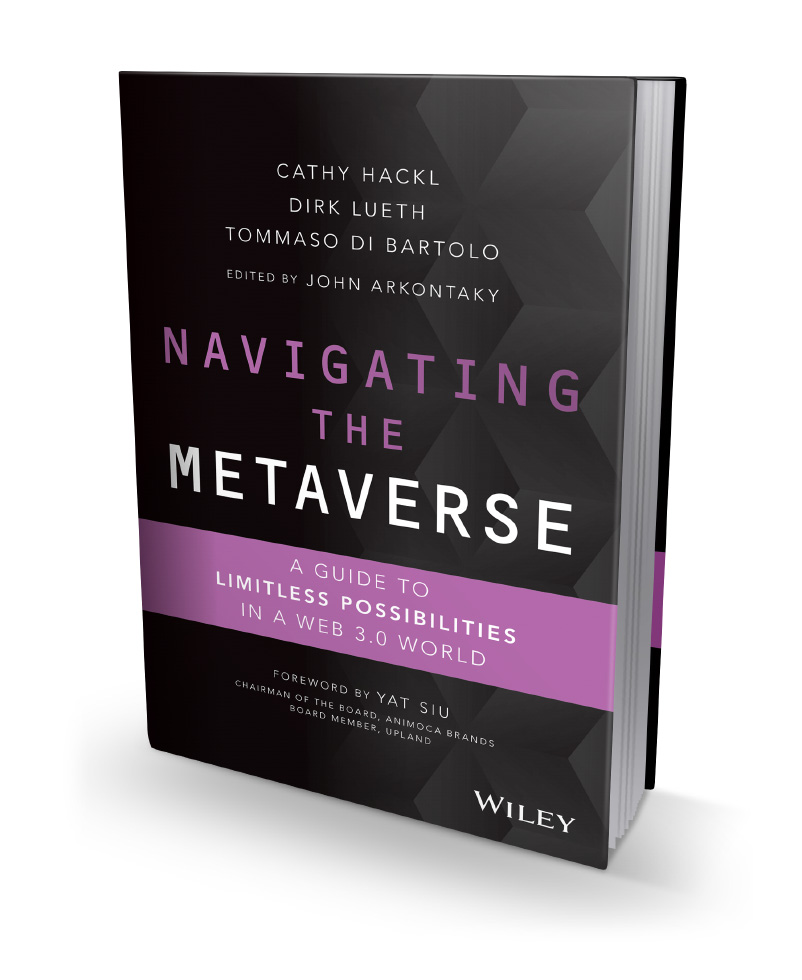
Frankly, I am amazed that you have been so successful so quickly in the most complex emerging field in the world today. How did your meteoric rise begin?
Humbly, I must say. In 2004, I was working at CNN and part of my job was to preview footage that was coming from the war in Iraq. As you can imagine, I had to sit through some pretty horrible images.
Jokingly, I would say that I was a YouTube or Facebook moderator--even before the concept existed. When you have that type of role, you have to turn your “humanity switch” off a little bit. Or turn the dial so you will be able to do your work, while still having a normal life outside of it.
So, what happened next?
Soon after that, I was invited to a conference where I put on a virtual reality headset and went into an experience called “Confinement,” which puts you in a virtual reality solitary confinement cell. I was transported to places where I would never actually want to be.
The only way I can describe it is that my “humanity switch” automatically came back on, and, when I removed the headset, I knew that this technology was going to be special. It could transform worlds and experiences. It was the future of something new…a unique form of storytelling. It allows us to enter new worlds but brings us back to reality. That is all it took; I wanted to be involved with it for the rest of my life.
At that moment, I did a hard pivot into VR and AR. I remember close friends and colleagues telling me I was crazy. I had a great job in live video with enormous potential; no one thought I should give up a good thing. But for me, it was a moment of clarity that revealed the path I needed to take. I went in –hook, line, and sinker—immersing myself in the world of AR and VR. I recognized a rocket when I saw one and didn’t hesitate to get on it. I’ve worked at HTC VIVE, Magic Leap, and Amazon Web Services, then founded the Futures Intelligence Group, which was acquired by Journey. I’ve been able to merge my AR VR beginnings with work in the Web3 ecosystem. It’s been quite a wild and exciting journey.
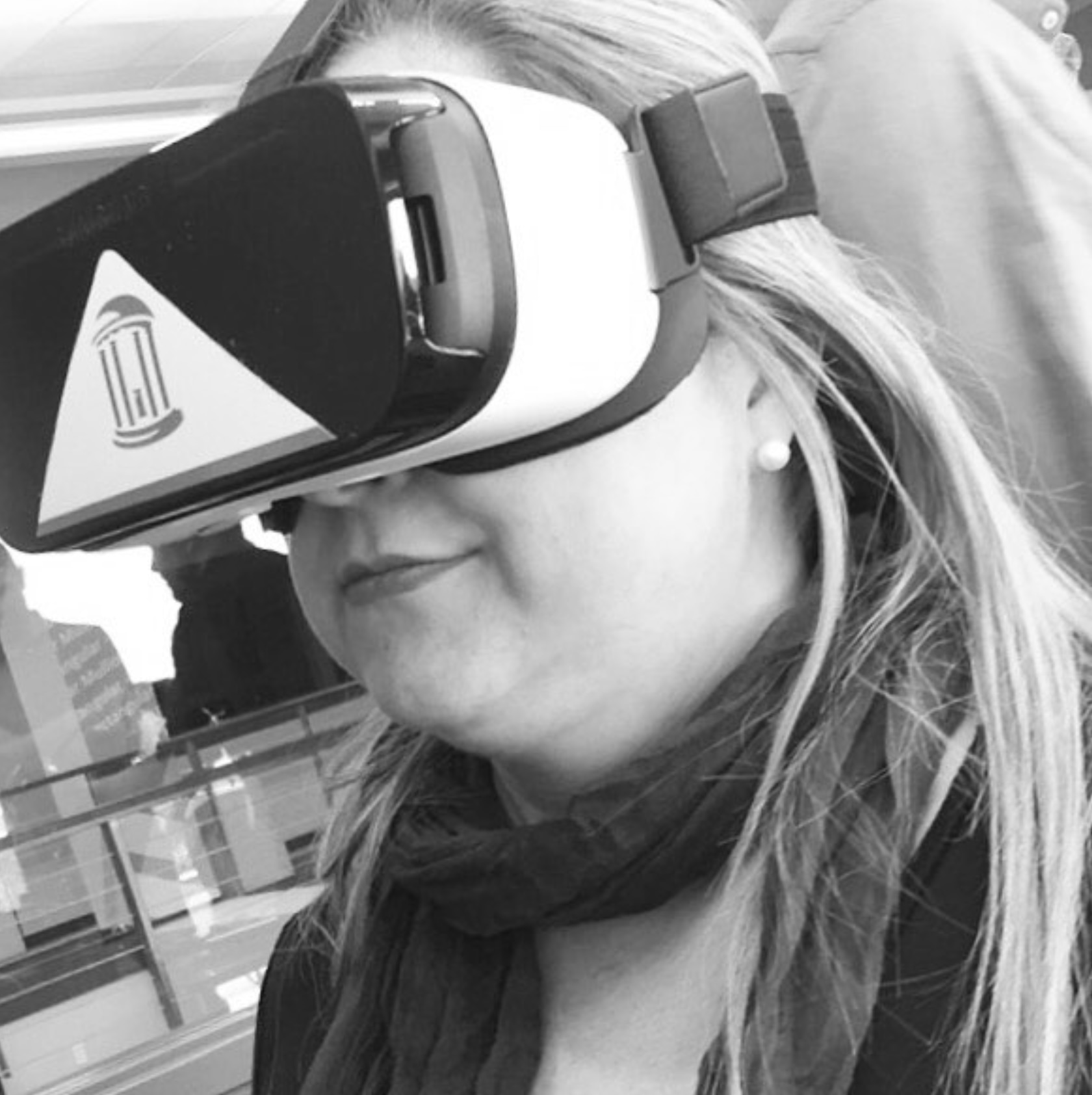
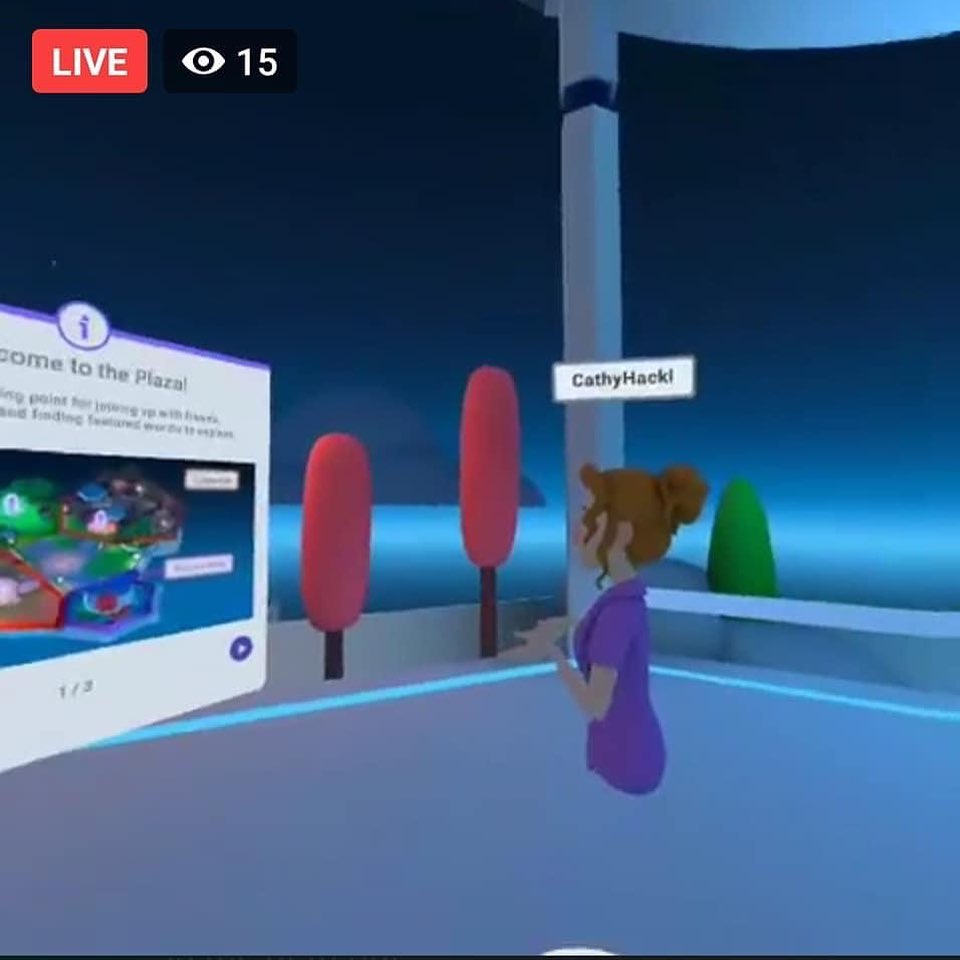
Yes, I see. The power of self-realization is amazing. But what happened to Web1 and Web2?
Quite simply, they evolved.
Web1 connected information which gave us the internet. Web2 connected people which created social media, ecommerce and the sharing economy. And now we’re in the evolution of Web2 going into Web3 which connects people, places, and things – or more specifically, people, spaces, and assets.
These people, spaces, and assets can sometimes be in a fully virtual environment (as most people tend to think) but it’s also going to be in the real world with some level of augmentation. This will probably happen through a wearable device that hasn't yet been fully enabled. So, with Web3, a creation of an open metaverse is on the horizon.
The metaverse, which many of us agree is the successor state of today’s mobile internet, is a further convergence of our physical and virtual lives. It’s about shared virtual experiences that happen both in virtual spaces but will also happen in the physical world. In some ways, our virtual lifestyles are catching up to our physical lives. It’s about breaking free from two dimensions into a fully 3D environment…it’s an internet that is 3D, immersive, social and persistent.
I think I am beginning to understand… you state these tough concepts so succinctly. But exactly when did you get involved in the Web3 space?
It was a magic leap…pun intended. I went to work for my dream company—Magic Leap--the very company that used to be very secretive about launching a spatial computing headset. I believed, without a doubt, that this company was the next Apple. I was really excited to be a part of it, and I got the chance to work with the most brilliant people I have ever known. I remember that job very fondly. But it all came crashing down when Covid hit. I got laid off with most of my team; it was heartbreaking. That was a turning point for me. This situation taught me to be resilient and helped me rethink my career.
So, I started my own company which became so successful that I was acquired by another company of the future, Journey. I didn’t have to think twice. I got acquired and, while my career had already taken off, I now had the opportunity to scale up and create a global team. In just ten minutes, I went from having a small team of six to becoming the co-founder and Chief Metaverse Officer of Journey with a team of sixty professionals—the best in the field.
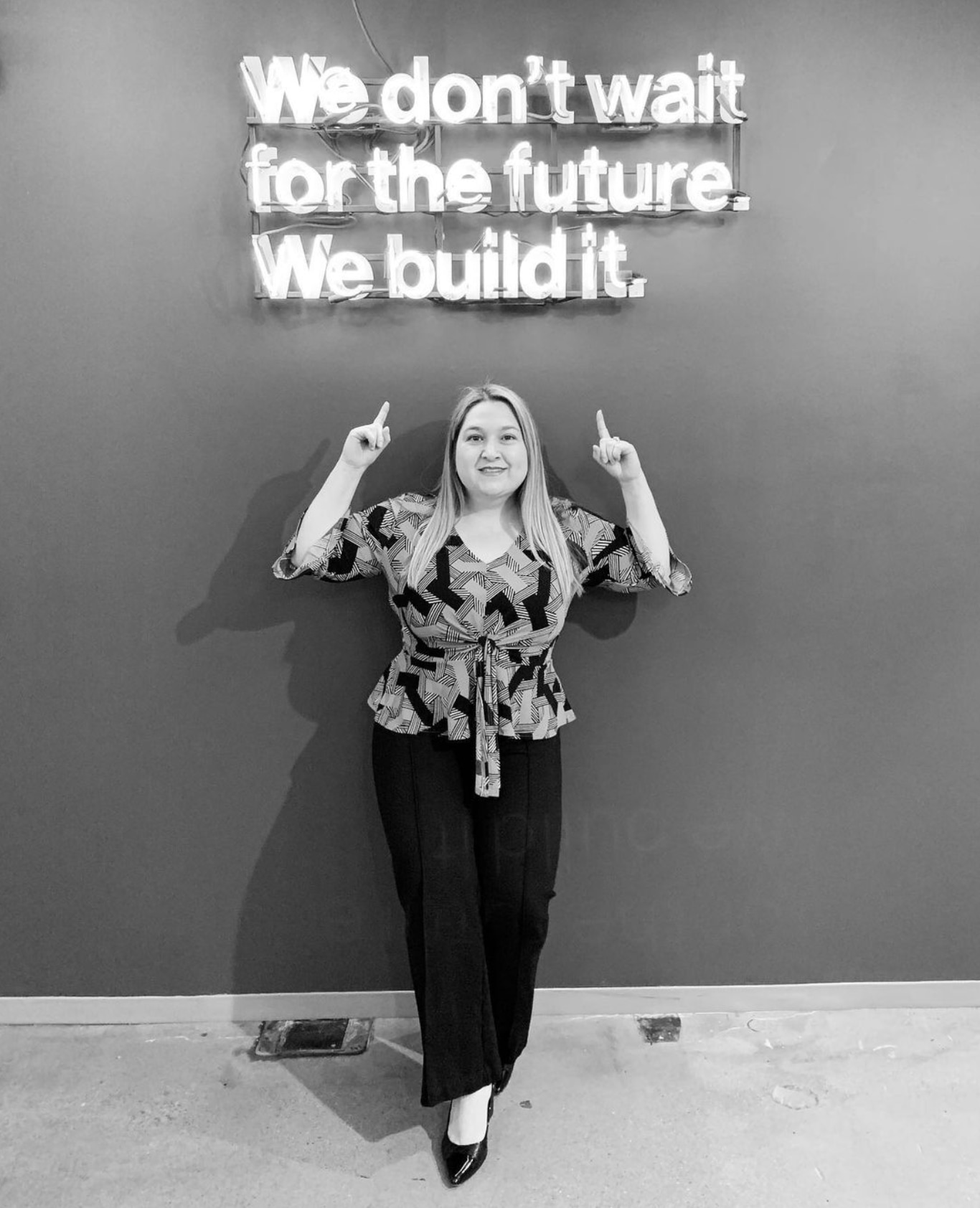
Well, I can see that your career is exhilarating, but what exactly gets you excited about blockchain technology?
Simple. Blockchain technology is the future. Many people are not aware of the potential impact that blockchain will have on their life–both personally and professionally. Blockchain allows us to record and verify transactions so that other people can’t erase them later. For the techies out there, the blockchain is an anonymous peer-to-peer payment system that relies on secure cryptographic protocols. It uses a public ledger and database to record all transactions.
However, it’s decentralized. This means that there is no governing body controlling the blockchain (or, at least, that is the ideal). As a matter of fact, blockchain was built using the bitcoin system that was released in 2009 by Satoshi Nakamoto. The blockchain ledger allows us to provide transparency for transactions. It links individuals and companies to Bitcoin purchases and ownership by allowing individual parties, called miners, to process payments and verify transactions. Rather than a central company presiding over the use of Bitcoin, these blockchain originators serve central roles in the management and administration of this alternative currency system.
Now, don’t you find that exciting?
Well, yes. But how does this impact the regular consumer… and the retailer?
It will be a tremendous opportunity, but with that comes big changes. It makes payments easier and more secure. Through blockchain, users can:
● prevent payment scams by protecting both buyers and sellers using “smart contracts.” This procedure eliminates purchasing an item and then the seller doesn’t follow through.
● remove intermediaries and allow the end user to interact directly with the ledger. This simple two-party-only transaction can be a real game changer. We will be able to facilitate financial transactions across the world. For example, you could send friends or family money anywhere without having to pay for the transaction or currency fees that traditional banking or financial institutions charge.
● access almost instant, secure, and borderless transactions. The user will have full control of the storage infrastructure since an encryption key will be needed to access data, and no one else can access it except the user.
● token-gated commerce can also create new ways for brands, organizations, teams, and others to engage with their fanbase.
● can open up new commerce models that are in their nascent state

That sounds as though everyone wins. Beyond restructuring payments though, how can traditional brands venturing into Web3 be successful?
Well, traditional brands must approach these initiatives with curiosity and an open mind. More importantly, they must be proactive. They must be ready for both the successes and failures that will be part of the learning process. Using Web3 and the metaverse as they’re being built, the traditional brands will be pioneering the space just as the other big brands.
To be successful, I would recommend that traditional brands start building a strong team of professionals to manage the success of the brand. The first step for any brand or company starts with education. This space moves fast and there’s a lot we are all still learning. Keeping up can be a challenge.
Second, there is a need to build a Web3/metaverse team of professionals that understands both marketing and crypto. It also has to be able to work with a third party that has proven experience and can help a brand to navigate in these new waters.
Before you even consider launching an NFT or building a virtual world, you need to have a strategy and roadmap that is flexible and aligns with your business goals.
Before we move on, I have to ask you what are the secrets to a successful NFT drop?
Glad you asked. The best NFT projects have a few things in common: creativity, appeal to a clear audience, and value beyond the price in the form of utility and community. To be successful, brands need to attract a community to their NFTs, but they shouldn't forget their existing core customers. Projects that come off as a quick cash grab or marketing stunt aren't likely to resonate.
I love studying NFT Loyalty Projects centered on new and existing communities. NFTs can become the strongest loyalty platform a business ever had. They’re the future of fandoms and communication with the people who are obsessed with a particular brand.
Do you mind me asking how many NFTs you own and which one is the most precious for you to keep forever?
I have more than 100 NFTs, and I’m working on my own collection right now. I’m a Mutant Ape, a Clonex, a Cool Cat, a Deadfellaz, a World of Women, a Vee Friends, a Boss Beauty, and more. I also have NFTs for land in The Sandbox, Decentraland, Somnium Space, and others. The most valuable NFTs to me are not necessarily the most expensive ones.
They are the ones that give me access to a community that is active and also give me access to things I value. I do have a custom Boss Beauties made in my image that I do cherish as part of the Boss Beauties Role Models collection
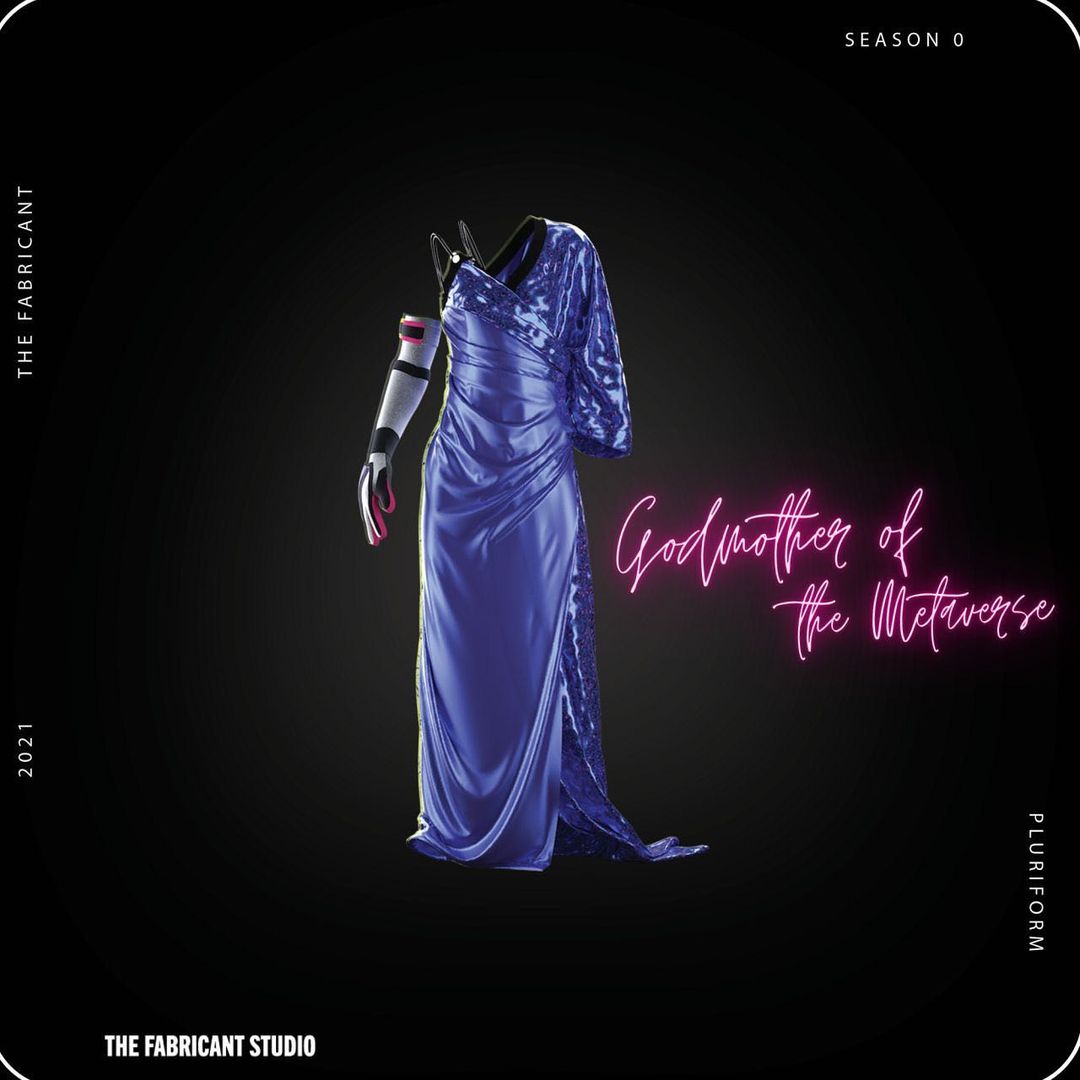
But I digress… I’ve heard that you are a creator of Virtual Fashion. How did that happen?
I must admit (and my credit card proves it) I have been a luxury fashion enthusiast for many years. But it wasn’t until a few years ago that it became my job and my passion.
Last March, I was asked to be the chairwoman for the Metaverse Fashion Week, which happened in Decentraland. There were opportunities for people to log in from every corner of the world, shop various brands and buy virtual items, some that could even be delivered in physical form to their homes. I actually hologrammed live in volumetric video form into Threedium’s space during the event where I gave some opening remarks! Mind you, I did this live. I don’t think many people have hologrammed into virtual spaces live the way I did.
This is just one of the endless opportunities for brands, especially in the fashion industry. The innovations are coming directly from the brands that are doing amazing things in fashion and then sharing these experiences in this new space. The opportunities are endless—from new ideas and concepts to new venues and new careers, such as hologram stylists.
I love working with fashion brands on how to enter the metaverse and Web3. If they’ve already done so, I love to work with them to further flesh out their strategy while remaining culturally relevant in an era of fast change.
What is the link between the metaverse and virtual fashion?
We are living in exciting times. The metaverse offers possibilities for virtual couture, new business models, and new approaches to living, working, playing and shopping. The metaverse blends the physical and virtual worlds, while allowing us to be fully present in either; it’s a place for the real world, AR, VR, and the internet to co-exist and to work harmoniously.
That being said, it does promise a radical shift in creating new, innovative ways for consumer engagement with luxury brands and retailers. Although still in its very beginning stages, you could argue that the metaverse is already changing the way we understand fashion. And with the help of virtual and augmented reality, it will soon become normal to move freely between different 3D worlds and communities.
Virtual transformation means using technology to change the way companies operate to drive growth and efficiency in existing or new markets and to add more value to their customers. This is about what virtual technology can achieve and how we can change our business to make the most of this opportunity.
In an episode of Season 1 of my Adweek podcast titled, “Fashion’s Future Moment,” I recall my conversation with Robert Triefus from Gucci when we spoke about how the luxury company was thinking about the next big shift in virtual. He claims that, due to the acceleration Covid has brought to virtual prioritization, Gucci has adopted a similar attitude when it comes to the virtual landscape. As they consider new opportunities that emerge as the virtual landscape evolves, Robert says that Gucci is an early and committed adopter of this new technology. Innovative technology has proven to be successful, both in the way it has enabled a company to engage more deeply with their community, as well as to help with business momentum. Since then, he has been appointed as the CEO of Gucci Vault and Metaverse Ventures. Things move fast!
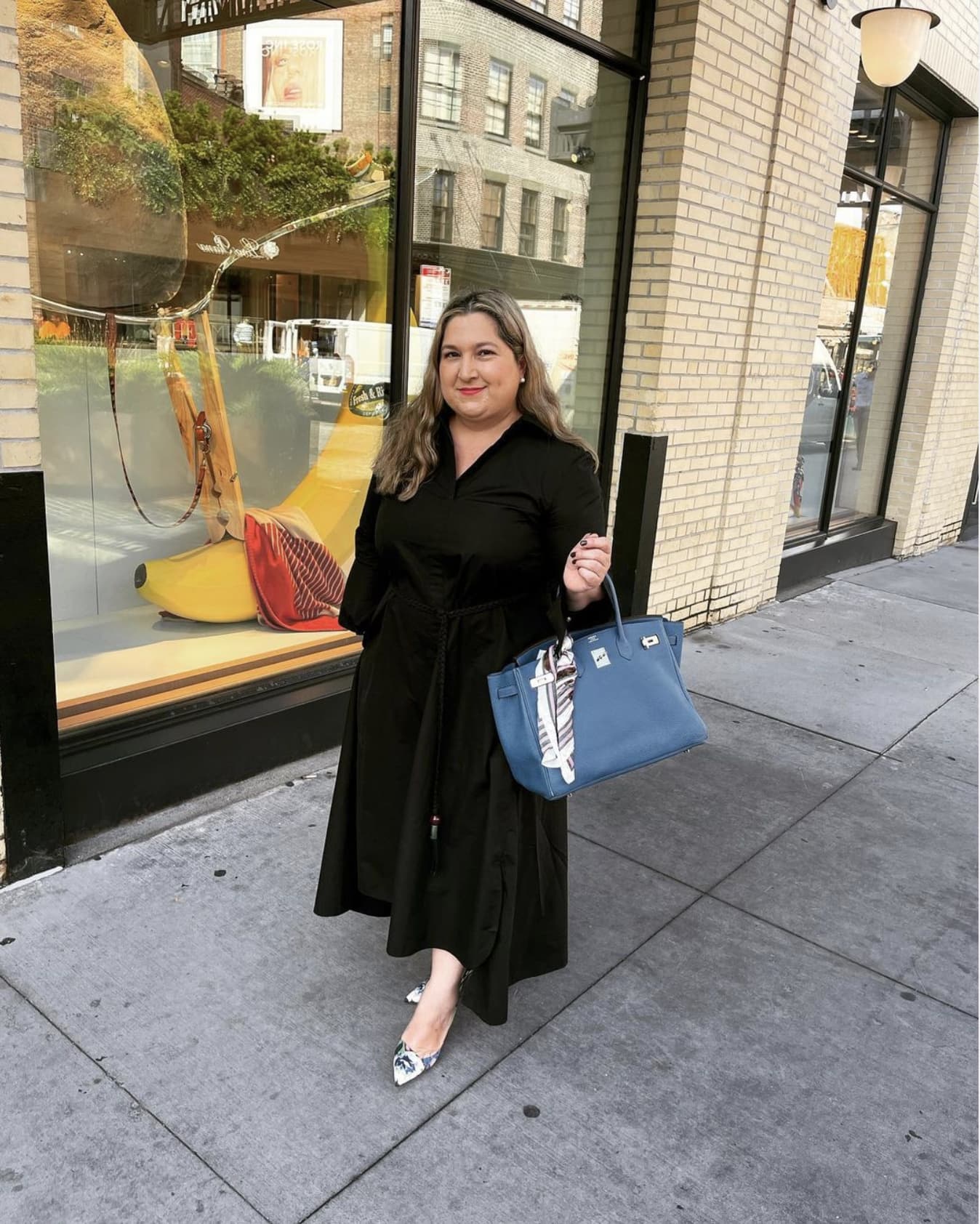
Ok, so how does it help the fashion industry become more sustainable?
I think reshaping the fashion industry in some form makes sense both economically and environmentally. For example, in a recent study, clothing existing solely in the virtual world was found to be more environmentally friendly than its physical counterpart. The virtual version emitted 97% less CO2 and consumed approximately 3,300 liters of water less per item. There is also data to suggest that by replacing physical samples with digital ones during a company’s design and development phases, it is possible to reduce a brand’s carbon footprint by as much as 30%.
Virtual clothing is used during the various steps preceding the actual physical production of a garment. For example, these virtual items can be used for modeling, sampling, and marketing before their physical iterations are sent into production, thus greatly minimizing the overall environmental impact of the entire lifecycle of a fashion item.
Finally, when it comes to sales, virtual clothing alleviates problems with overproduction, a major issue in today’s fashion industry.
That being said, we are still physical beings in a physical world. The way we express ourselves in the physical world will continue to be extremely important. However, my hope is that sustainable options will increase and that virtual fashion can alleviate some of the waste that happens.
Now I am curious–how does virtual fashion stack up with fast fashion?
Well, they work in tandem. Together, they create and define the fashion that consumers really want in their lives.
Successful brands will have a dynamic presence not only in the physical world, but also online on mobile devices and on social media. This dynamic presence will extend into virtual spaces as well. The metaverse is the next extension of that presence. This will allow retailers to enable customers to interact with their brand in a uniquely immersive environment.
To make this happen and to keep their customers happy, successful brands are actively embracing the extension of their influence through well conceived metaverse strategies.
While they are not throwing out the old to take on the new, brands recognize, and rightly so, that the market is headed in a positive direction. Projections estimate that the metaverse market is expected to exceed the current gaming market by nearly three times. We can comfortably deduce that the economic impact for brands, and also creators, will be as transformative as eCommerce was.

Do you think the virtual fashion environment will promote inclusivity, opportunity and equality?
I can assure you, it does, or I would not be a part of it. Inclusivity, new opportunities, and equality for young people is an important personal mission.
I believe virtual fashion gives people the opportunity to explore their identity and creative expression in a whole new way in spite of age, ethnicity, religion, social class, gender or cash flow.
Through our avatars, we will all have the chance to create an extensive wardrobe of beautiful clothing. We will become our own personal designers--able to create the fashion ideal for each of us. We are all multi-faceted creatures, and it will be so exciting to match designs to the side of our personality we want to reflect at any given moment. We can test different looks and make any piece of garment accessible to all of us. We can experiment and create lavish wardrobes for our avatars, much grander than what would be possible in the real world.
Can you explain the concept of community building in Web3?
Absolutely! The metaverse initiates the creation of a world where people can socialize online and experience more immersive relationships.
The fashion industry, in particular, has realized that the virtual world, despite being based on imaginary creations, has profound consequences not only to the fashion designers and stylists but also to the consumers themselves.
The evolution of design technologies allows unlimited creative freedom for all designers who want to explore themselves, their creativity and the world around them. It also allows artists and creators to regain control and have digital ownership of their work by releasing it as NFTs. Since the clothes are in the form of digital collectibles or non fungible tokens (NFTs), they can be freely traded across open NFT marketplaces, adding to their long-term value.
How do you create a solid community?
That’s an easy one…by understanding people’s passion points, connecting around shared values, and leveraging the ownership aspect of the blockchain to reward them in ways not possible in a Web2 world.
We all know Gen Z and millennial consumers want their favorite brands to share their values. What many brands struggle with is how to accomplish this in a meaningful way. The shift into Web3 offers brands an effective solution – partner with DAOs (Decentralized Autonomous Organization) and values-focused NFT collections to build community around a shared mission. It’s clear that having a strong community is becoming foundational to success in Web3.
To effectively build community and deliver real value that goes beyond virtue signaling, brands can partner with DAOs whose missions align with their customer’s values. My mission, for instance, is to inspire women, non-binary people, and women of color to come out and talk about their accomplishments, stay connected, and be financially rewarded in crypto and Web3. This is a mission that has an appeal for fashion, beauty, CPG and luxury brands alike.
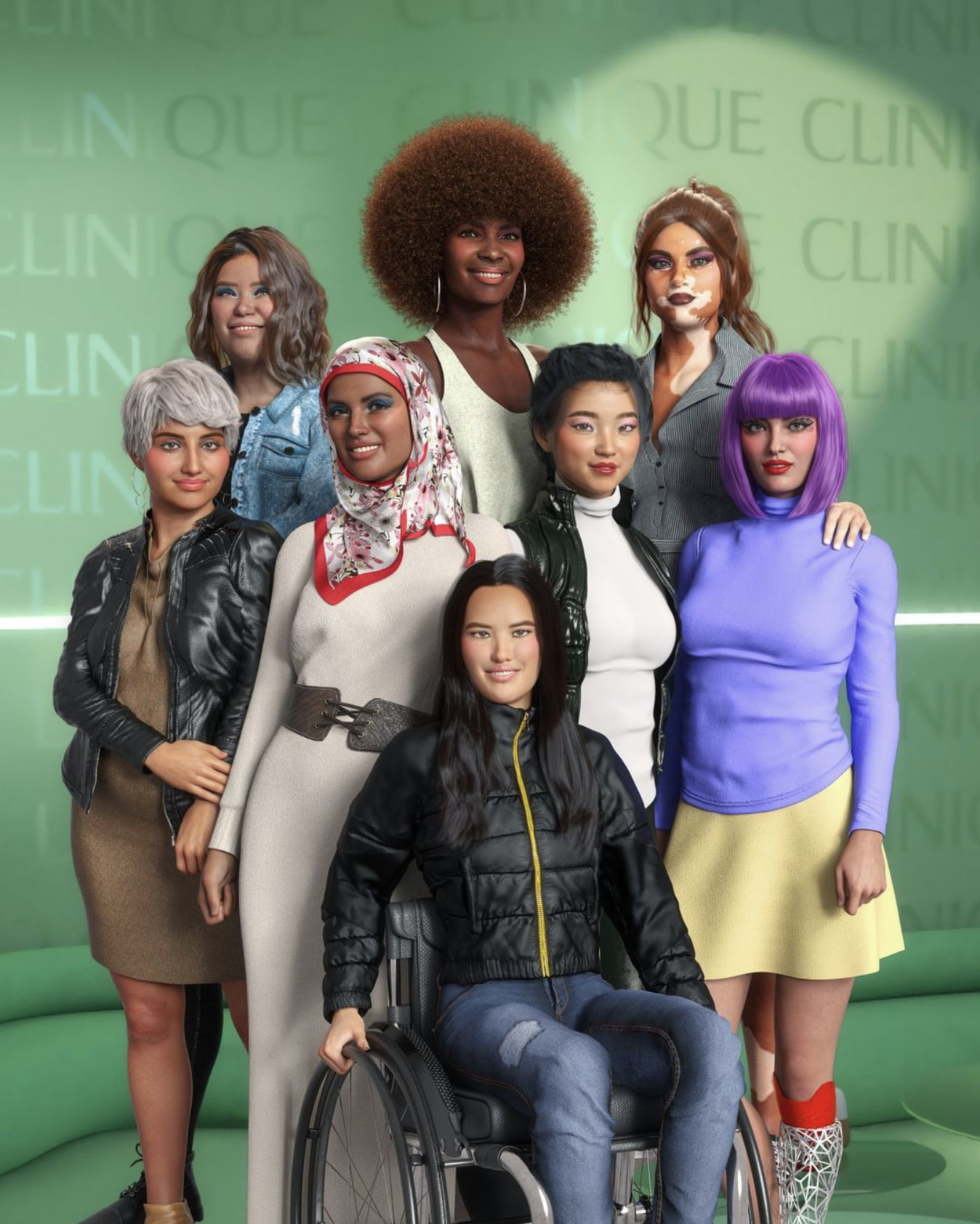
If I may ask, what projects or collaborations are you working on now?
I’m working on a lot of collaborations and will share more details soon. One of them is a collaboration with blockchain luxury jewelry designer Simone Faurschou. More news to come! I must say I am impressed by your commitment, passion, and knowledge of this emerging industry.
What inspires you today?
As a woman, a Latina woman, and the first recognized Chief Metaverse Officer in the metaverse and Web3 industry, I am on a mission to be a pioneer in this field. I want to encourage young women and people of color to find the “passion” in themselves and be empowered by it. I hope to be an inspiration to those who need to be reassured that this could be their future. Life is about opportunities; those you seek and those that come to you even when you are not expecting them. My advice is go for it…you’ll be glad you did.
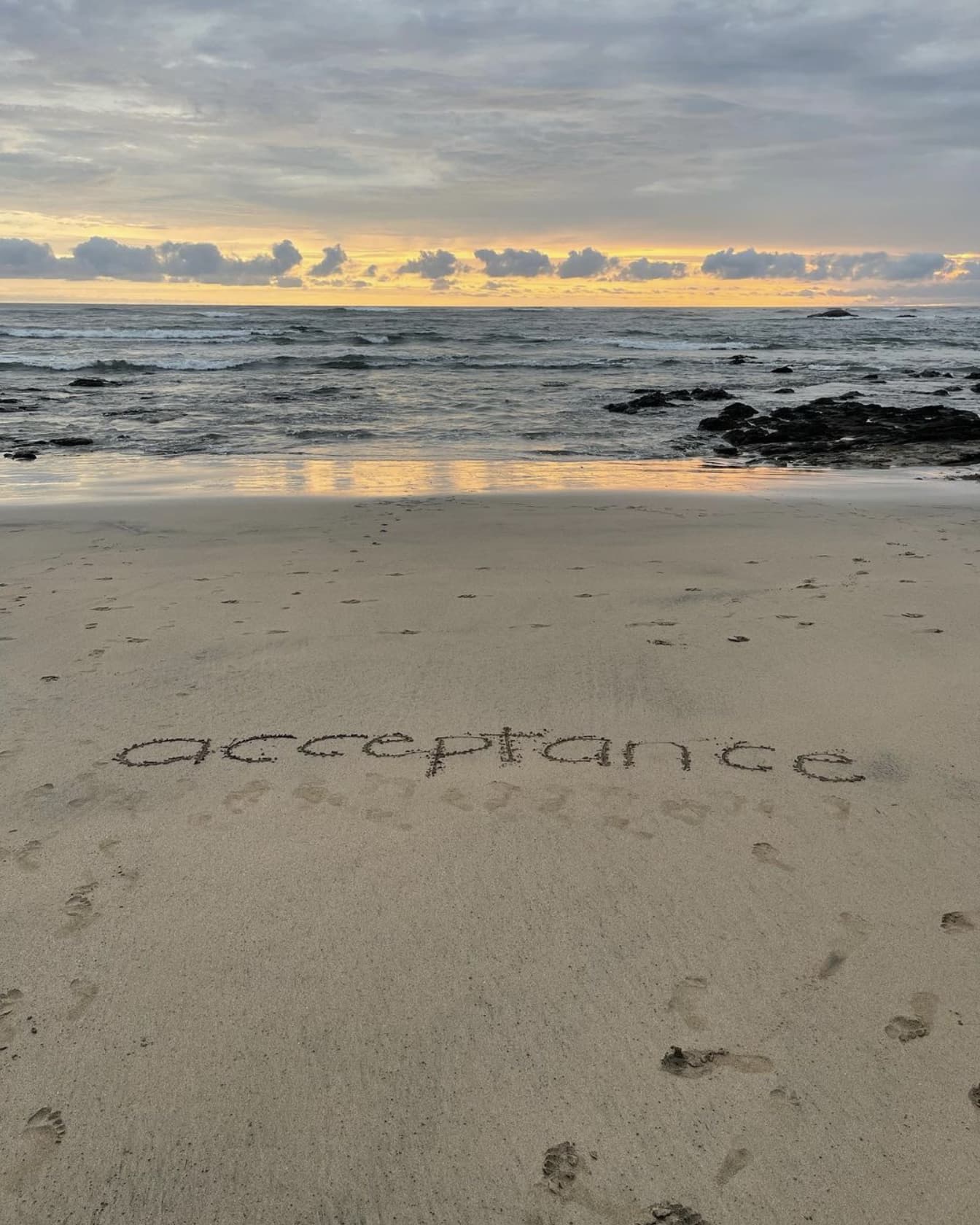
Interview by Gloria Maria Cappelletti
Images provided by Cathy Hackl's IG Profile
Metaverse Experience at RED-EYE metazine
